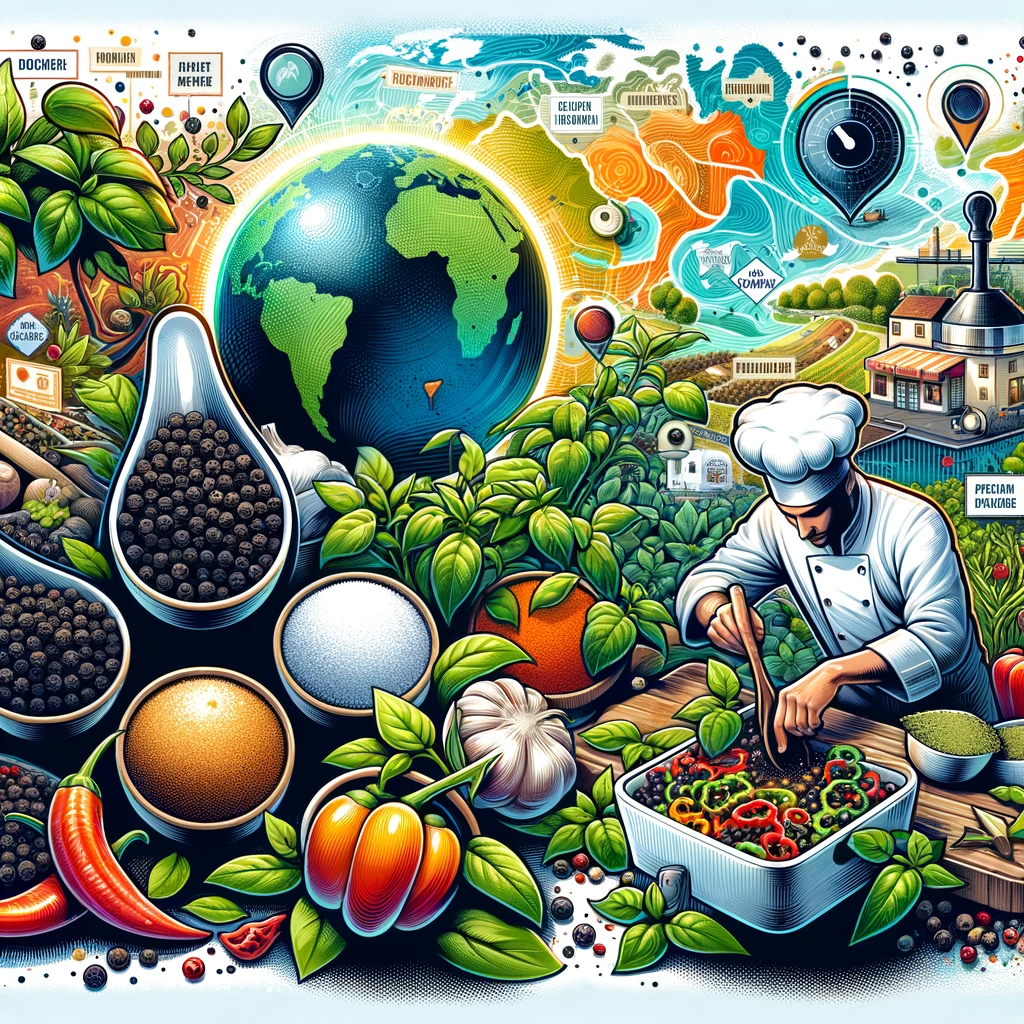When it comes to adding a burst of flavor to your dishes, pepper is a quintessential spice that cannot be ignored. Pepper is a common ingredient found in every kitchen, but did you know that there are two main varieties – white pepper and black pepper? In this article, we will delve into the intriguing world of white pepper vs. black pepper, exploring their ingredients, flavors, uses, and the key differences that set them apart.
What is Pepper?
Before we dive into the specifics of white and black pepper, let’s start with a brief overview of what pepper is. Pepper is a spice that comes from the dried berries of the Piper nigrum plant. These berries are processed to produce the familiar black and white peppercorns that grace our tables and enhance the flavors of countless dishes worldwide.
White Pepper: The Subtle Elegance
Ingredient and Production
White pepper is made from fully ripe pepper berries that are soaked in water to remove the outer skin or pericarp. This process, known as retting, leaves behind the inner seed, which is then dried. The result is a pale, creamy-colored peppercorn with a mild and delicate flavor.
Flavor Profile
White pepper has a subtle, earthy flavor with a hint of floral and fruity notes. It is less pungent than black pepper, making it ideal for dishes where you want a milder, more nuanced taste without the specks associated with black pepper.
Culinary Uses
White pepper is often preferred in light-colored dishes like creamy soups, mashed potatoes, and white sauces, where the appearance of black specks would be less desirable. It is also a key ingredient in certain Asian cuisines, such as Thai and Chinese, where its delicate flavor enhances dishes like stir-fries and seafood.
Black Pepper: The Bold and Versatile
Ingredient and Production
Black pepper, on the other hand, is made from unripe pepper berries that are picked just before they fully ripen and then dried until they shrivel and turn black. The drying process, known as curing, results in the wrinkled black peppercorns that are a staple in most spice racks.
Flavor Profile
Black pepper boasts a robust and bold flavor, characterized by its sharp heat and pungency. Its flavor is complex, with earthy, spicy, and even slightly woody undertones.
Culinary Uses
Black pepper is incredibly versatile and is used in a wide range of savory and even some sweet dishes. It’s a cornerstone of seasoning in many cuisines, adding depth and a touch of heat to everything from grilled meats and pasta dishes to salads and marinades.
Key Differences
Now that we’ve explored the individual characteristics of white and black pepper, let’s summarize the key differences between the two:
- Color: The most obvious difference is the color. White pepper is pale and creamy, while black pepper is dark and wrinkled.
- Flavor: White pepper has a milder, subtler flavor with floral and fruity notes, whereas black pepper is bolder, spicier, and more pungent.
- Culinary Uses: White pepper is preferred in dishes where appearance matters, such as light-colored sauces and soups, while black pepper is the go-to choice for a wide range of savory dishes.
- Heat Level: Black pepper is hotter and more intense in terms of spiciness compared to white pepper.
- Processing: White pepper is produced by removing the outer layer through retting, while black pepper is made by drying unripe berries until they turn black.
In conclusion, both white pepper and black pepper have their unique characteristics and culinary applications. Your choice between the two largely depends on the flavor profile and appearance you desire for your dishes. Experimenting with both can add a delightful dimension to your culinary adventures, allowing you to elevate your cooking to new heights. So, whether you reach for the subtlety of white pepper or the boldness of black pepper, these spices will continue to be a timeless kitchen essential.
